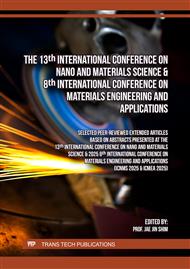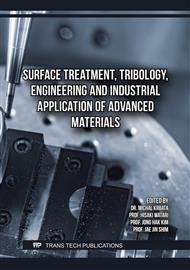p.41
p.57
p.65
p.73
p.85
p.99
p.105
p.115
p.121
Utilizing Six Sigma for Effective Pore Defect Reduction in Plastic Water Tanks
Abstract:
Plastic water tanks made from FDA-approved Polyethylene (PE) are widely used due to their advantageous qualities, including being free of heavy metals, UV-stable, odorless, durable, and suitable for food-grade applications. A rotational molding process creates a smooth inner surface without corners, reducing dirt adhesion. However, a case study revealed pore defects on the outer surface of the tanks, compromising UV stability and customer satisfaction. This study aims to address these pore defects by establishing new standards and improving both internal processes and external factors affecting mold heating. Utilizing Six Sigma methodology, the study employs data analysis and design of experiments (DOE) to identify and regulate critical parameters affecting the manufacturing process. The Six Sigma approach, which encompasses the Define, Measure, Analyze, Improve, and Control (DMAIC) phases, was applied to enhance process capability, minimize variations and machine errors, reduce waste, and increase customer satisfaction. By effectively addressing the root causes of porosity defects, the study aims to improve processes and enhance product quality.
Info:
Periodical:
Pages:
105-112
Citation:
Online since:
June 2025
Authors:
Keywords:
Price:
Сopyright:
© 2025 Trans Tech Publications Ltd. All Rights Reserved
Share:
Citation:



